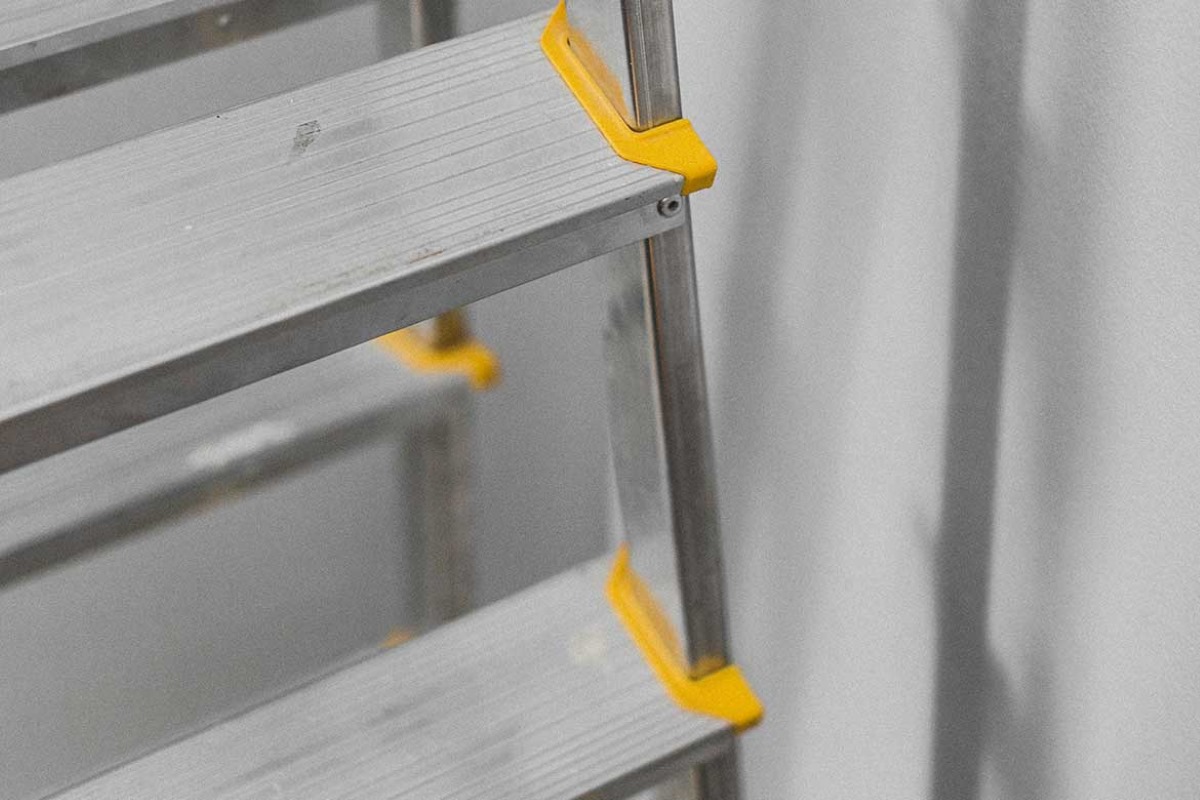

Articles
What Are The Rungs Of A Ladder
Modified: February 22, 2024
Discover the different types of articles and their importance in ladder climbing. Learn how to navigate through the rungs of a ladder to achieve success.
(Many of the links in this article redirect to a specific reviewed product. Your purchase of these products through affiliate links helps to generate commission for Storables.com, at no extra cost. Learn more)
Introduction
A ladder is a simple yet incredibly useful tool that has been used by humans for thousands of years. It is a vertical or inclined set of rungs or steps that allows us to climb up or down to reach higher or lower positions. Ladders have played a vital role in various industries, construction sites, households, and even recreational activities.
When you think of a ladder, you might envision a basic wooden structure with evenly spaced rungs. However, ladders come in different types, sizes, and materials, each designed for specific purposes. Understanding the different types of ladders and their components is essential for ensuring safety and efficiency when using them.
In this article, we will delve into the world of ladders, exploring their definition, the various types commonly used, the different parts that make up a ladder, and ultimately, focus on the important aspect of a ladder – the rungs.
So, let’s climb up and explore the fascinating world of ladder rungs!
Key Takeaways:
- Ladders are versatile tools with various types and parts, but understanding the significance of ladder rungs is crucial for selecting the right ladder, ensuring safety, and maintaining longevity.
- The rungs of a ladder play a vital role in providing stability and safety for climbing. Understanding their material, spacing, and maintenance is essential for informed decision-making when using ladders.
Read more: What Is A Rung Of A Ladder
Definition of a ladder
A ladder is a vertical or inclined device consisting of rungs or steps that allows a person to climb up or down to access higher or lower areas. Ladders are primarily used to reach elevated surfaces, such as rooftops, shelves, or platforms, when stairs or other means of access are not available or practical.
Ladders have been used by humans for centuries and have evolved from simple structures made of wood or natural materials to more complex designs using various materials like aluminum, fiberglass, or steel. The main purpose of a ladder is to provide a stable and secure means of vertical movement, supporting the weight of a person as they ascend or descend.
Depending on the intended use, ladders can vary in size, height, and weight capacity. They can range from compact and portable step ladders for household chores to towering extension ladders used in construction and maintenance work.
While ladders serve a common purpose, it is essential to choose the right ladder for the task at hand. Factors to consider include the height needed to reach, the weight capacity required, the environment in which it will be used, and the frequency of use.
Furthermore, ladder safety plays a crucial role in the proper use of this tool. It is vital to use caution and follow safety guidelines to prevent accidents and injuries. This includes ensuring the ladder is in good condition, properly secured, and placed on a stable surface, as well as using proper climbing techniques and avoiding overreaching or overloading the ladder.
Overall, ladders are versatile tools that offer a simple and effective solution for vertical access. Understanding their definition and features is the first step towards utilizing them safely and efficiently in various contexts.
Types of ladders
Ladders come in various types, each designed to cater to specific needs and applications. The choice of ladder depends on factors such as the height you need to reach, the frequency of use, and the type of work or activity you will be performing. Here are some of the most common types of ladders:
- Straight or extension ladder: This is the most basic and commonly used type of ladder. It consists of two or more sections that can be extended or retracted to adjust the ladder height. Extension ladders are ideal for tasks that require reaching elevated surfaces, such as painting, cleaning gutters, or accessing rooftops.
- Step ladder: A step ladder is a self-supporting ladder with a hinged frame and a set of steps on one side. It is designed to be used in a fully opened, A-shape position and does not require support from a wall or other structure. Step ladders are versatile and widely used for household tasks, indoor maintenance, and light commercial work.
- Platform ladder: Platform ladders are similar to step ladders but feature a larger platform or standing area at the top. This provides extra stability and a comfortable space for users to stand or work. Platform ladders are commonly used in construction, industrial settings, or when tasks require prolonged periods of standing.
- Telescoping ladder: Telescoping ladders are portable and compact ladders that can be easily adjusted to various heights. They consist of overlapping sections that can be extended or collapsed into a compact size for storage and transportation. Telescoping ladders are popular among homeowners, RV enthusiasts, and professionals who require a lightweight and space-saving ladder.
- Multipurpose or combination ladder: As the name suggests, multipurpose ladders offer versatility for a wide range of applications. These ladders can be adjusted and transformed into different configurations, such as step ladders, extension ladders, or scaffolding systems. Combination ladders are ideal for users who need one ladder to fulfill multiple functions.
- Fiberglass ladder: Fiberglass ladders are constructed with fiberglass-reinforced plastic, making them lightweight, durable, and resistant to corrosion, electricity, and weather conditions. They are commonly used in electrical work or environments with potential electrical hazards.
- Steel ladder: Steel ladders are known for their strength and durability. They are capable of supporting heavy loads, making them suitable for industrial, construction, or heavy-duty applications. However, steel ladders can be heavier and more susceptible to corrosion.
- Attic ladder: Attic ladders are specifically designed for accessing attics or crawl spaces. They are usually installed in the ceiling and can be folded or telescoped to facilitate easy access and storage.
These are just a few examples of the many types of ladders available in the market. Each type serves a specific purpose and offers distinct features. When choosing a ladder, it is important to consider your specific needs, safety requirements, and the nature of the task at hand.
When climbing a ladder, always maintain three points of contact (two hands and one foot, or two feet and one hand) to ensure stability and reduce the risk of falling.
Parts of a ladder
A ladder consists of several essential parts that work together to provide stability, support, and functionality. Understanding the different parts of a ladder is crucial for proper use, maintenance, and safety. Here are the key components of a ladder:
- Rails: The rails are the vertical sides of the ladder that provide the main structural support. They run parallel to each other and hold the rungs or steps in place. Rails are usually made of aluminum, fiberglass, or steel and vary in size and shape depending on the ladder type.
- Rungs or Steps: Rungs or steps are the horizontal bars that run between the rails, providing steps for climbing. They are usually flat and have a textured or ribbed surface to prevent slipping. The spacing between rungs should be consistent and comfortable to ensure safe and easy climbing.
- Flared Base or Feet: The base or feet of the ladder provide stability and prevent the ladder from slipping. They are usually wider than the rails and feature non-slip rubber or plastic caps for added grip. The base may also have mechanisms for adjusting the ladder’s angle or leveling it on uneven surfaces.
- Hinges and Joints: Hinges and joints are the movable parts of a ladder that enable folding, extension, or transformation. They allow the ladder to be adjusted to different configurations or sizes for versatile use and easy storage.
- Locking Mechanism: Many ladders feature a locking mechanism that holds the ladder in place when extended or in use. This mechanism ensures stability and prevents accidental collapse or movement. Different types of ladders have various locking mechanisms, such as hooks, locks, or braces.
- Spreader Bars: Spreader bars are horizontal bars that connect the two rails of a ladder. They help to keep the rails at a fixed distance, providing stability and preventing the ladder from collapsing inward or outward. Spreader bars are commonly found in extension ladders and some step ladders.
- Top Cap: The top cap is located at the top of the ladder and serves as a handhold for stability and support when reaching higher areas. It also acts as a protective covering for the top of the rails, preventing them from being damaged or splintered.
- Pail Shelf or Tray: Many step ladders have a pail shelf or tray attached to the top. This provides a convenient surface to place tools, paint cans, or other items while working on the ladder, allowing for hands-free operation and easy access to necessary materials.
- Labels and Safety Instructions: Safety labels and instructions are often affixed to ladders to provide important safety guidelines, weight capacity information, and proper usage instructions. It is crucial to read and follow these labels to ensure safe ladder operation.
These are the main components of a ladder, although the specific design and features may vary depending on the type and brand. It is important to familiarize yourself with the different parts and their functions to ensure proper usage, maintenance, and longevity of the ladder.
Rungs of a ladder
The rungs of a ladder are the horizontal steps or bars that provide a stable foothold for climbing. They are an integral part of the ladder structure and play a crucial role in ensuring safety and ease of use. Here are some key aspects of ladder rungs:
- Material: Rungs are typically made of durable and non-slip materials such as aluminum, fiberglass, or steel. The choice of material depends on the ladder’s intended use, load capacity, and resistance to corrosion or electrical conductivity. Each material offers specific advantages in terms of strength, weight, and durability.
- Shape and Size: Rungs are usually flat and rectangular, providing a secure platform for stepping. They are designed to be wide enough for a person’s foot to comfortably rest on. The size of the rungs may vary depending on the ladder’s intended use and the comfort and stability needed for the specific task.
- Non-slip Surface: To enhance safety and prevent slipping, ladder rungs are often equipped with a non-slip surface. This can be achieved through various methods, such as adding ridges, grooves, or textured patterns to the rungs. The non-slip surface helps to maintain a firm grip on the ladder, even in wet or slippery conditions.
- Spacing: The spacing between rungs is an important factor to consider for comfortable and safe climbing. The distance between rungs should be even and in accordance with safety regulations. When climbing, proper spacing between rungs allows for a natural stride and reduces the risk of tripping or losing balance.
- Attachment to Rails: Rungs are securely attached to the ladder’s rails, ensuring stability and weight-bearing capacity. The attachment methods may vary depending on the ladder type and design. Common attachment methods include welding, riveting, or fastening the rungs to the rails using bolts or screws.
- Weight Capacity: The rungs of a ladder are designed to support specific weight capacities, which vary depending on the ladder’s overall construction and intended use. It is crucial to adhere to the weight limits specified by the ladder manufacturer to ensure safe operation and prevent structural failure.
- Maintenance: Proper maintenance of ladder rungs is essential to ensure their integrity and longevity. Regular inspection should be conducted to identify any signs of damage, such as cracks, corrosion, or loose attachments. Any damaged or compromised rungs should be promptly repaired or replaced to maintain the ladder’s safety and functionality.
The rungs of a ladder provide the necessary support and footing for safe climbing and working at height. Their construction, material, spacing, and maintenance contribute to the overall durability, stability, and safety of the ladder. By understanding the importance and characteristics of ladder rungs, users can make informed decisions when selecting and using ladders for various tasks.
Read more: What Is Ladder Rungs
Conclusion
Ladders are versatile and invaluable tools that enable us to access elevated areas safely and efficiently. From basic household chores to complex construction projects, ladders serve a wide range of purposes across various industries and settings.
Throughout this article, we have explored the definition of a ladder, the different types available, the important parts that make up a ladder, and the significance of ladder rungs. Understanding these fundamental aspects of ladders is crucial for selecting the right ladder for the task at hand, ensuring safety during use, and maintaining the ladder’s longevity.
When choosing a ladder, it is important to consider factors such as the height needed, the weight capacity required, the frequency of use, and the specific environment in which the ladder will be used. This ensures that you have the appropriate ladder for the job and minimizes the risk of accidents or injuries.
Moreover, ladder safety is of utmost importance. It is essential to follow proper ladder usage guidelines, such as using three-point contact (two hands and one foot or two feet and one hand) while climbing, maintaining a stable base, and avoiding overreaching or overloading the ladder. Regular maintenance, inspection, and timely repair or replacement of damaged parts are also necessary for ensuring ladder safety and functionality.
By understanding the different ladder types, parts, and rungs, individuals can make informed decisions when it comes to ladder selection, usage, and maintenance. This knowledge empowers users to complete tasks efficiently, effectively, and safely.
So, whether you are a homeowner performing everyday maintenance or a professional working at heights, it is crucial to respect and understand the power of ladders and to use them with care and caution. By doing so, you can harness the full potential of ladders while minimizing the risks associated with working at elevation.
Now that you have climbed the ladder of knowledge about ladder rungs, go forth with confidence and safety as you embark on your next ladder-assisted adventure!
Frequently Asked Questions about What Are The Rungs Of A Ladder
Was this page helpful?
At Storables.com, we guarantee accurate and reliable information. Our content, validated by Expert Board Contributors, is crafted following stringent Editorial Policies. We're committed to providing you with well-researched, expert-backed insights for all your informational needs.

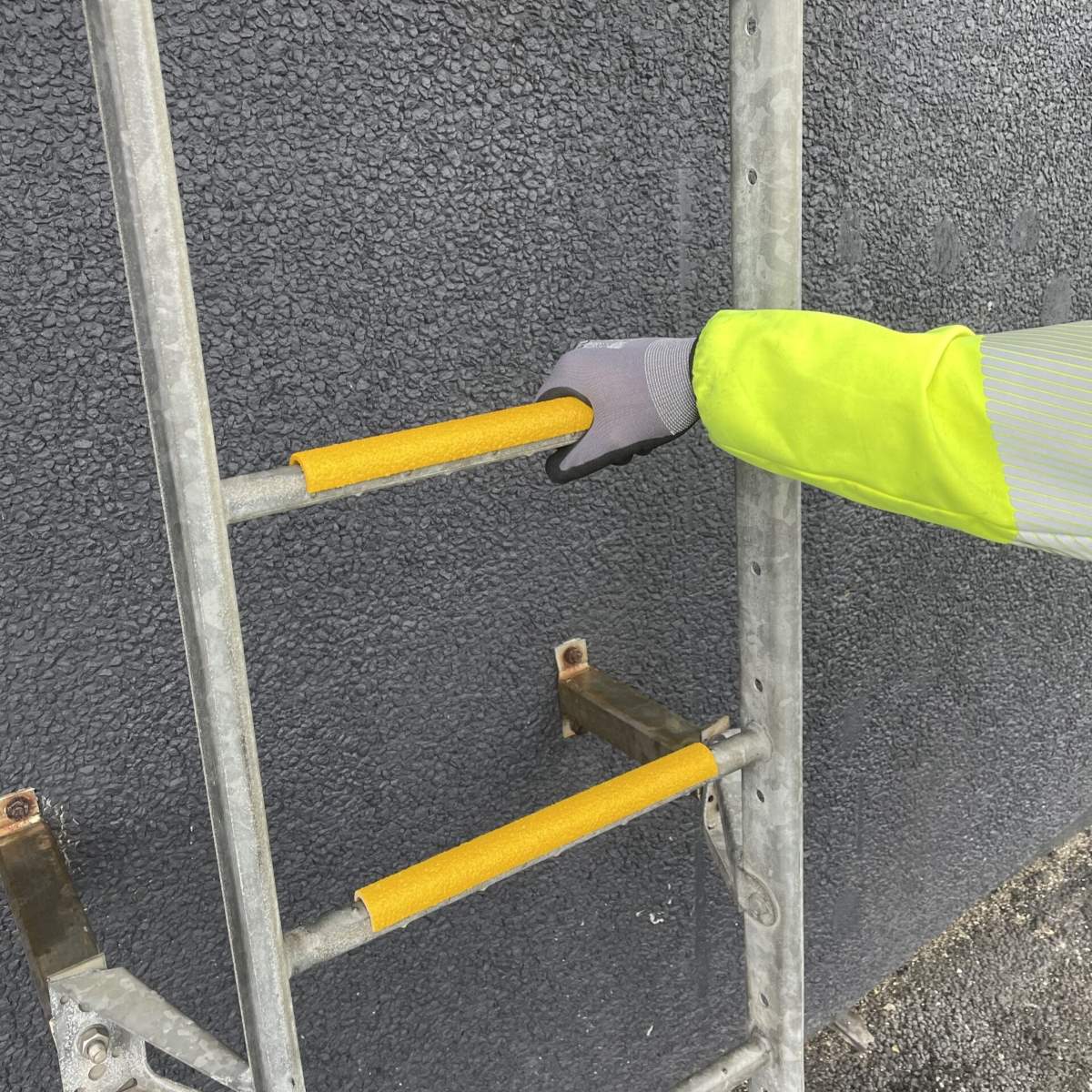


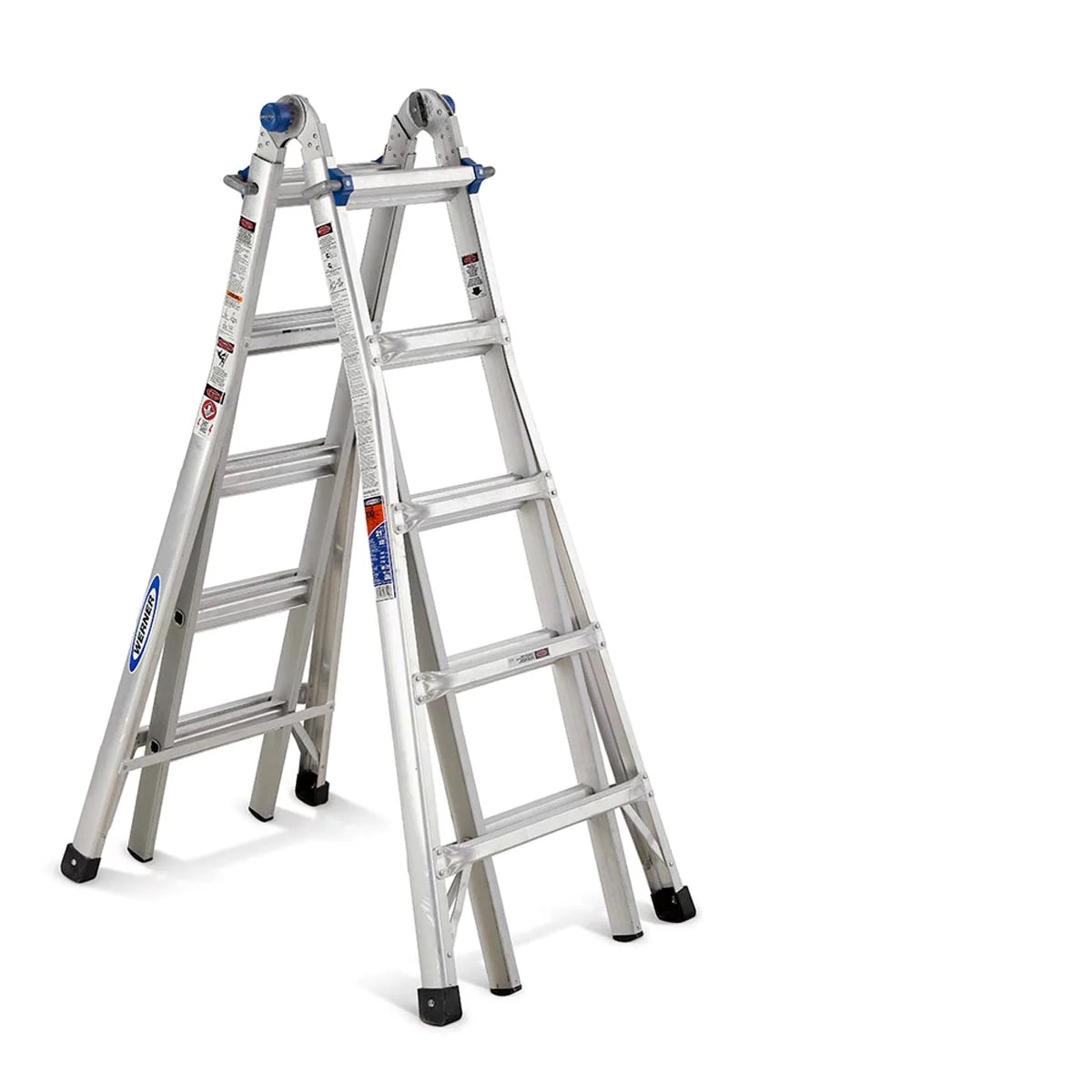
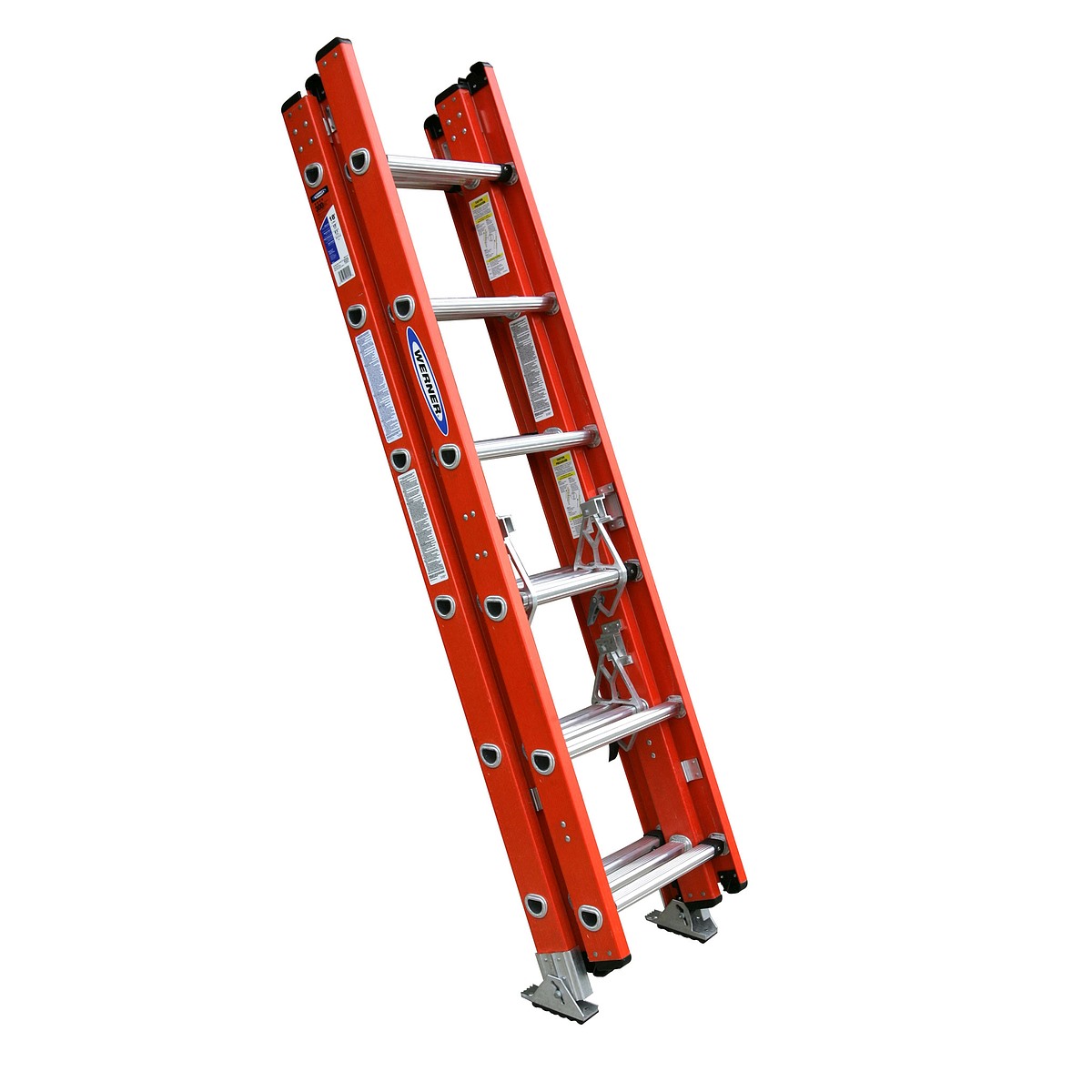
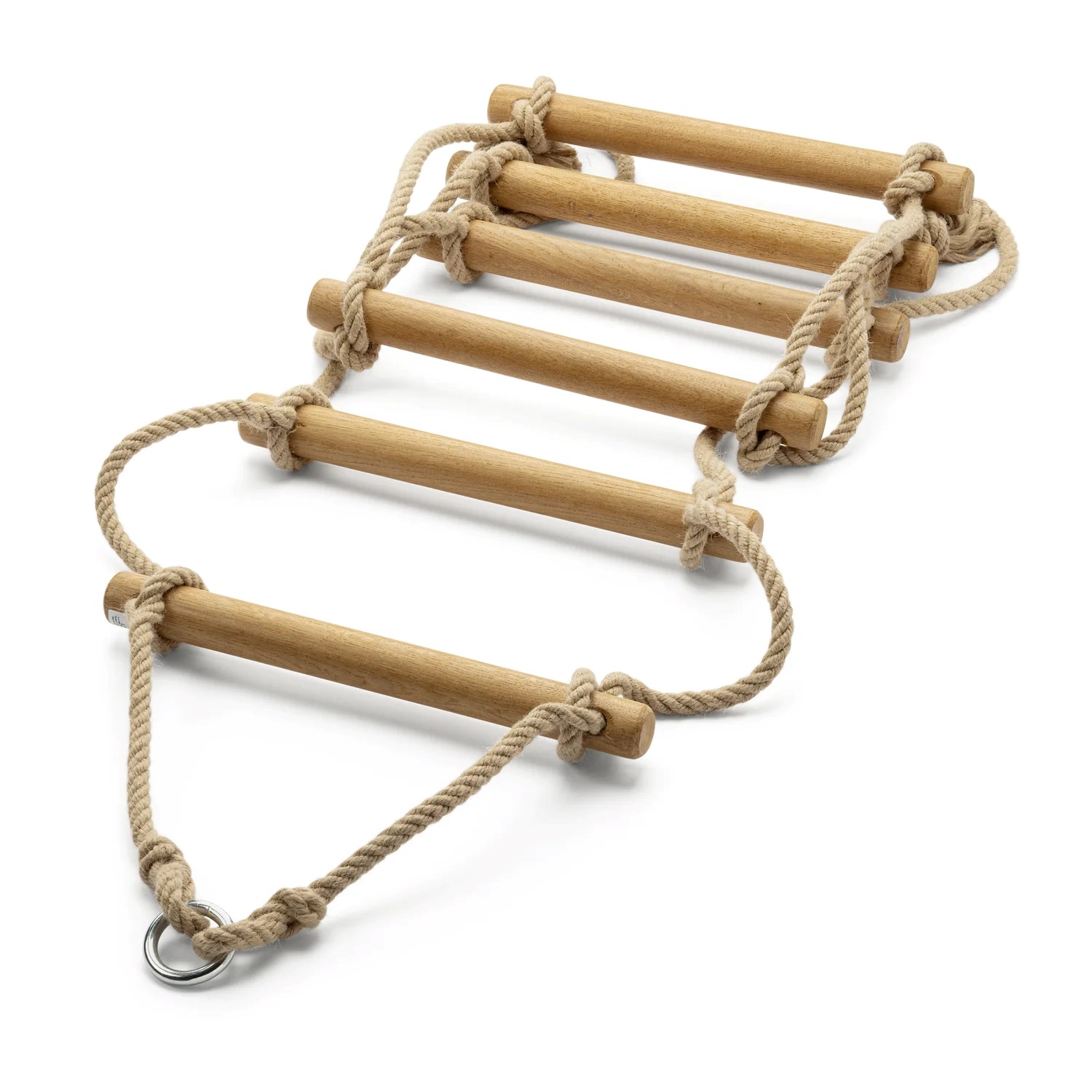
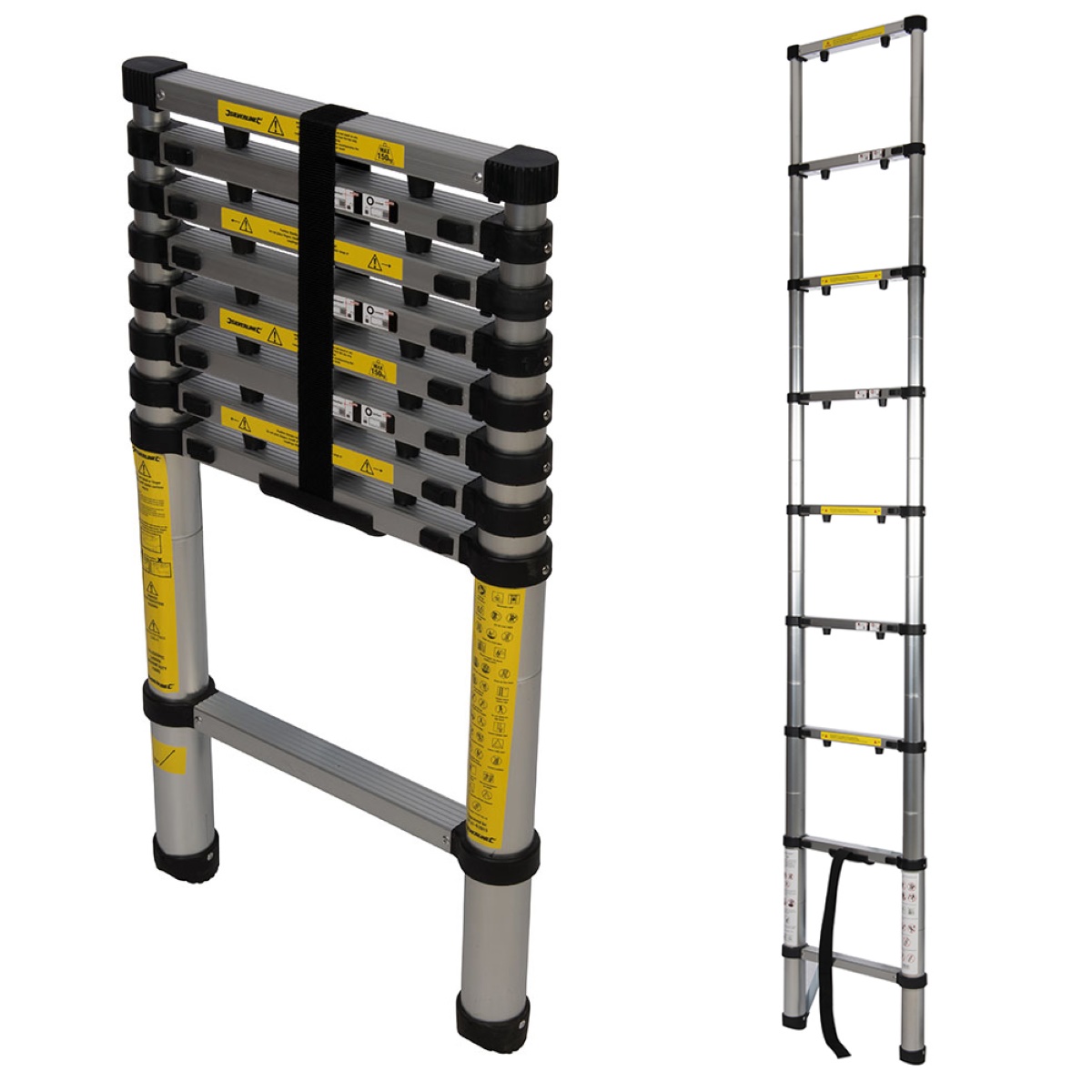

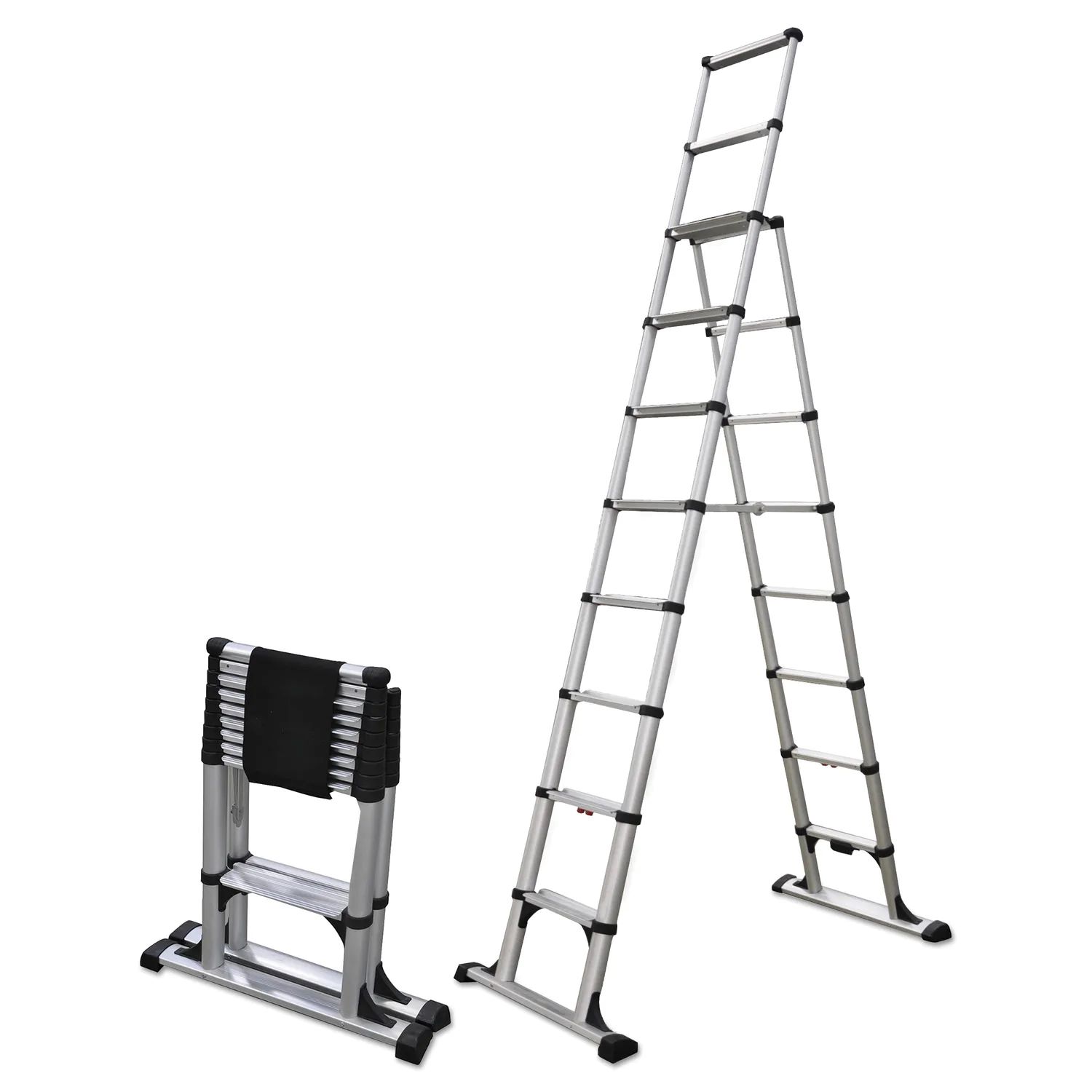
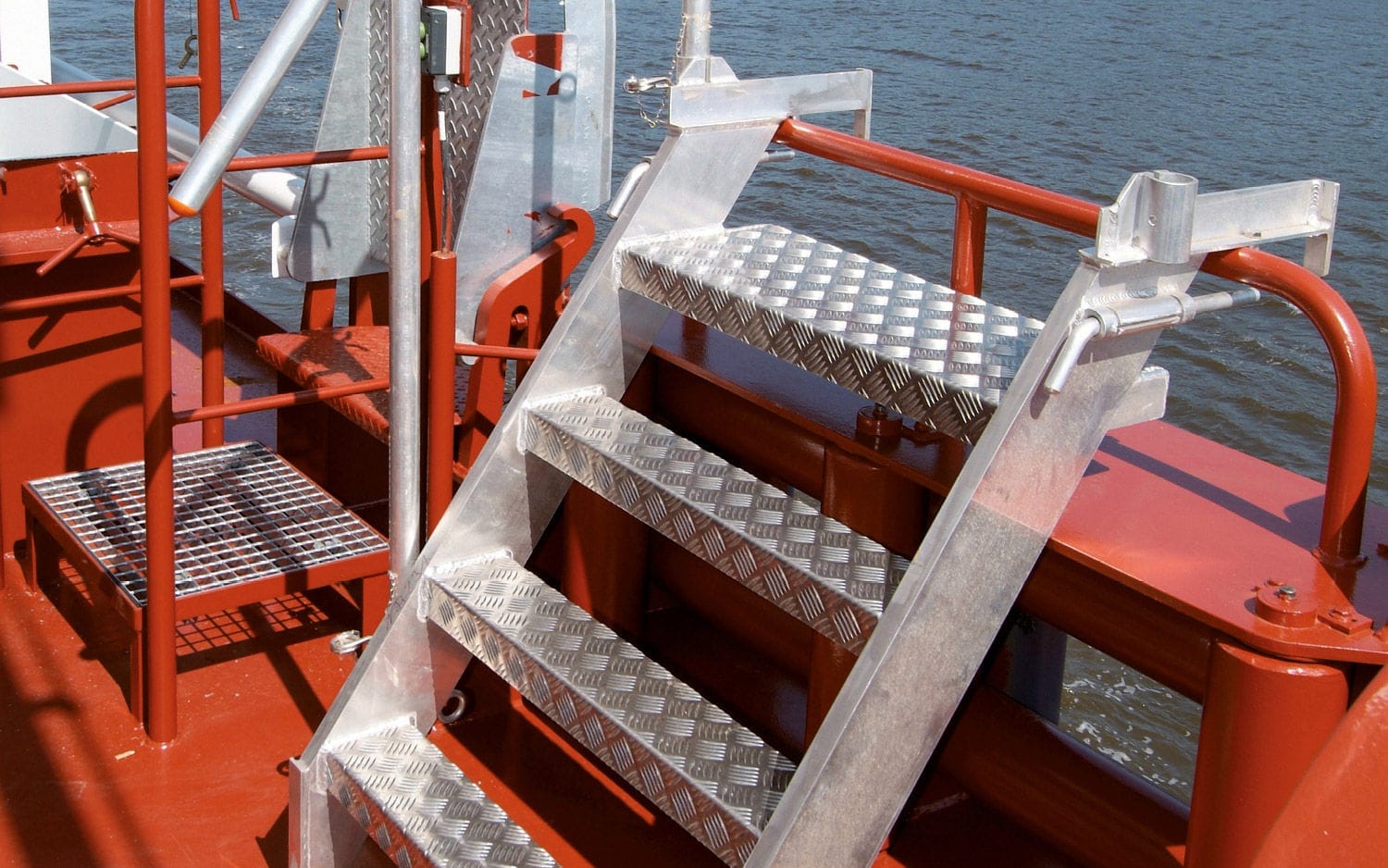
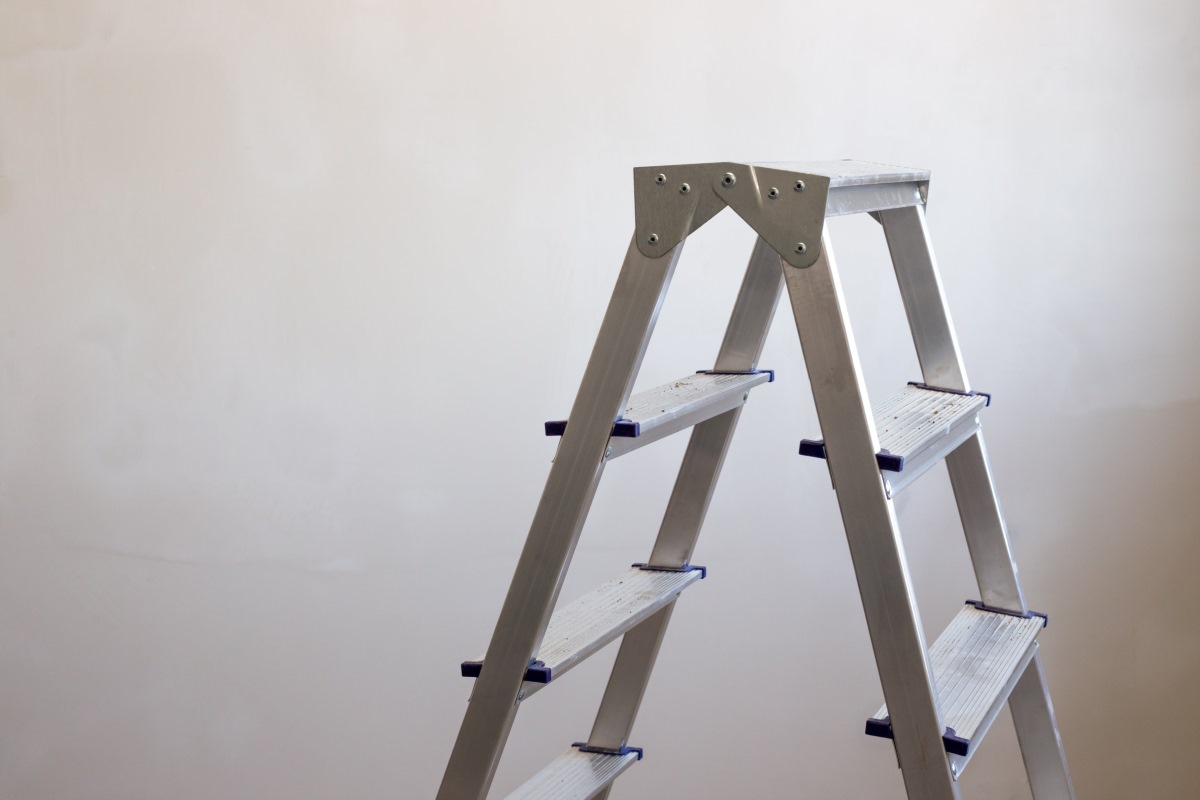



0 thoughts on “What Are The Rungs Of A Ladder”